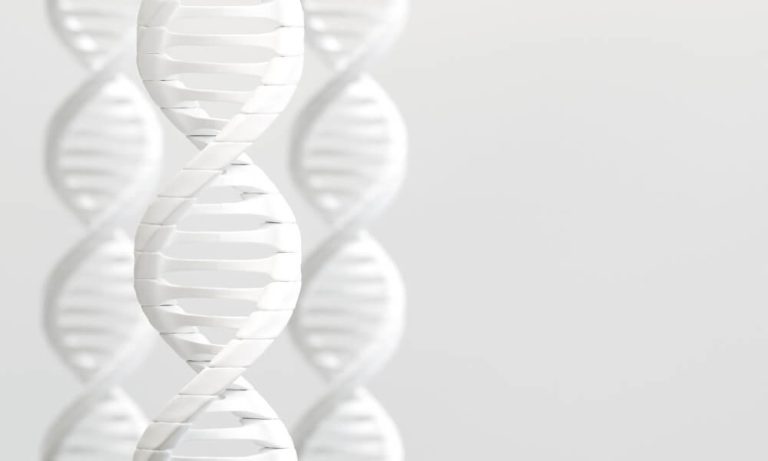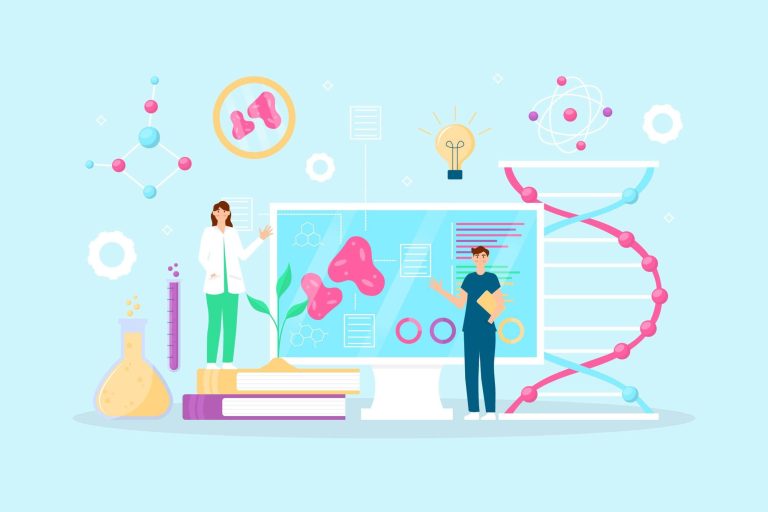Beyond the Hype: What Really Happens Inside a Modern Biohacking Clinic?
We live in an age of upgrades. We upgrade our phones for better cameras, our computers for faster processing, and our homes for smarter technology. But what about the most complex and important system we will ever own: our own body? For a growing number of people, the answer lies in biohacking, the art and science of changing the environment around you and inside you so you have more control over your own biology.
This isn’t about becoming a cyborg or chasing science fiction fantasies. At its core, biohacking is about applying a systems-thinking approach to your personal health and wellbeing. It’s about asking questions, collecting data, and making incremental changes to optimize everything from your energy levels and cognitive function to your sleep quality and lifespan. It’s a deeply personal journey of self-improvement.
While you can start this journey with simple changes at home, the pursuit of peak performance and optimal longevity often leads to a specialized facility. A professional biohacking clinic represents the pinnacle of this movement, combining cutting-edge technology with deep biological insights to create a truly personalized roadmap to a better you. These clinics are the command centers for human optimization.

What Is the Core Philosophy of a Biohacking Clinic?
At its heart, a biohacking clinic operates on a fundamentally different philosophy than conventional medicine. Traditional healthcare is often reactive; you wait for a symptom to appear, you see a doctor, and you get a diagnosis and a treatment for that specific problem. It is a model designed to manage sickness.
A biohacking clinic, in contrast, is proactive. Its goal is not just to prevent disease but to actively cultivate a state of high performance and robust health. The guiding principle is optimization. It asks not, ‘Am I sick?’ but rather, ‘How can I be better, stronger, sharper, and more resilient?’.
This approach is built on the concept of n=1 experimentation. In large clinical trials, researchers look for what works for the average person in a large group. A biohacking clinic recognizes that you are not an average. You are a unique individual, an ‘n of 1’, with a specific genetic makeup, lifestyle, and set of goals. Therefore, the interventions must be tailored specifically to you.
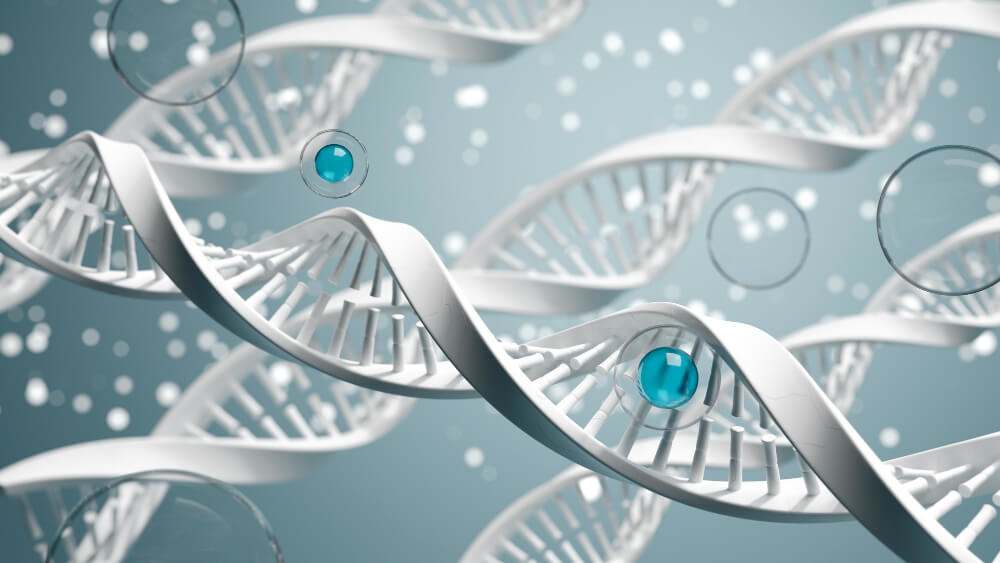
Who Are These Clinics For?
It’s a common misconception that biohacking clinics are exclusive playgrounds for Silicon Valley billionaires and elite athletes. While those groups certainly embrace the performance-enhancing benefits, the audience is far broader and more diverse. Anyone seeking to take control of their health can find value here.
High-performing executives and entrepreneurs come to sharpen their cognitive edge, manage stress, and sustain energy for demanding careers. Athletes, both professional and amateur, use these clinics to accelerate recovery, prevent injuries, and push their physical limits.
Individuals struggling with chronic, unresolved health issues like persistent fatigue, brain fog, or digestive problems turn to these clinics for a deeper investigation into the root causes. And a significant group is simply focused on longevity; they want to extend not just their lifespan but their ‘healthspan’, the number of years they live in good health and full vitality.
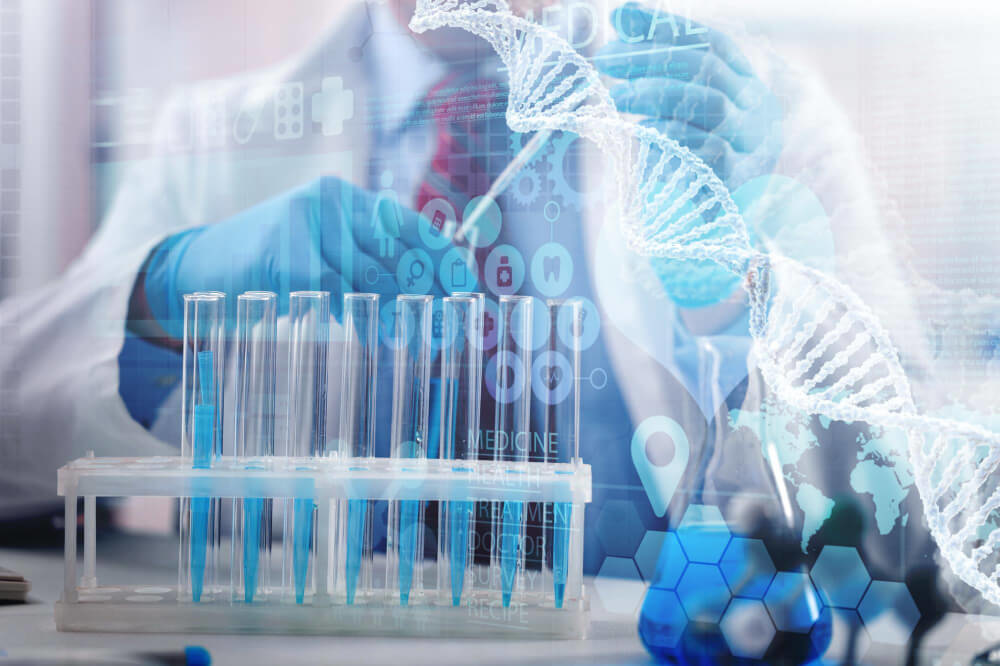
What Kind of Assessments Can You Expect?
A biohacking clinic’s first step is always data collection, and it goes far beyond the standard physical. The goal is to create a comprehensive, high-resolution snapshot of your current biological state. This data forms the bedrock upon which your entire optimization program is built.

How Deep Does the Data Go?
Prepare for a level of detail you have likely never experienced in a doctor’s office. The process begins with advanced diagnostic testing that paints a complete picture of your internal biochemistry. This isn’t just a basic check of cholesterol and blood sugar.
Comprehensive blood panels will analyze hundreds of biomarkers, looking at everything from a full spectrum of inflammatory markers and nutrient levels to advanced cardiovascular risk factors and a complete thyroid panel. Hormone testing is also critical, assessing not just levels of testosterone and estrogen but also cortisol patterns, DHEA, and other key players in your endocrine system.
Genetic testing offers insights into your predispositions. It can reveal how you metabolize certain foods, your potential risk for specific nutrient deficiencies, and how your body might respond to different types of exercise. Microbiome analysis, often done through a stool sample, maps the ecosystem of bacteria in your gut, which is crucial for immunity, mood, and overall health.

What About Performance Metrics?
Beyond the internal biochemistry, these clinics measure your body’s functional capacity. A VO2 max test, for example, measures the maximum amount of oxygen your body can use during intense exercise. This is a gold-standard metric for cardiovascular fitness and longevity.
Body composition is analyzed with incredible precision using tools like DEXA scans, which differentiate between bone mass, fat mass, and lean muscle mass. This is far more informative than a simple number on a scale. Cognitive assessments might be used to establish a baseline for your memory, reaction time, and executive function.
Heart Rate Variability or HRV is another key metric. This measures the variation in time between each heartbeat and is a powerful indicator of your autonomic nervous system’s health. A higher HRV is a sign of a well-rested, resilient, and adaptable nervous system, while a low HRV can indicate stress, overtraining, or impending illness.
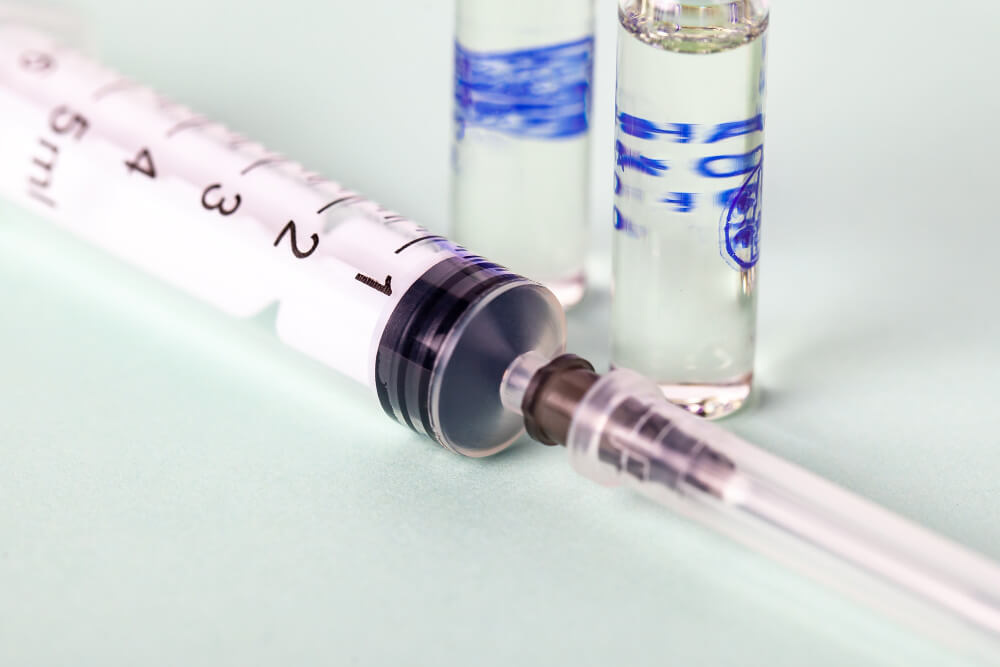
What Are the Common Therapies and Interventions?
Once the data is collected and analyzed, the clinic’s team of experts crafts a personalized protocol. This is where the ‘hacking’ truly begins, using a variety of tools and therapies to nudge your biology toward an optimal state. The interventions range from foundational lifestyle changes to high-tech treatments.

How Are Treatments Personalized?
This is the most critical step. A good clinic doesn’t just offer a menu of cool technologies. It uses your unique data to create a synergistic plan. The process of developing data-driven protocols for biohacking interventions is what separates a true health optimization center from a spa with fancy gadgets. For example, if your genetic data shows a predisposition for poor vitamin D conversion and your bloodwork confirms low levels, the protocol will include a specific, targeted supplementation plan, perhaps paired with light therapy. If your HRV is low and cortisol is high, the focus might be on stress-reduction technologies and nervous system regulation techniques. Every recommendation is tied back to a specific data point and a specific goal.

What Are Some Popular Tech-Based Treatments?
Technology plays a significant role in many biohacking protocols. Red light therapy, or photobiomodulation, uses specific wavelengths of red and near-infrared light to stimulate mitochondrial function, reduce inflammation, and improve cellular energy production. Infrared saunas help with detoxification through sweating, improve circulation, and promote relaxation.
Cryotherapy involves exposing the body to extremely cold temperatures for a few minutes. This intense stimulus can trigger a powerful anti-inflammatory response, reduce muscle soreness, and boost endorphins. Another advanced modality is Hyperbaric Oxygen Therapy (HBOT), where you breathe pure oxygen in a pressurized chamber. This increases the oxygen saturation in your blood and tissues, which can accelerate healing, reduce inflammation, and support brain health.

Are There IV Therapies and Nutrient Protocols?
Intravenous (IV) therapy is a common tool used in biohacking clinics to deliver high doses of vitamins, minerals, and antioxidants directly into the bloodstream. This bypasses the digestive system, ensuring 100% absorption. These are not just simple hydration drips.
Popular formulations include NAD+ drips, which aim to boost levels of Nicotinamide Adenine Dinucleotide, a crucial coenzyme for cellular energy and repair. High-dose Vitamin C drips are used for their powerful antioxidant and immune-supporting properties. Glutathione, the body’s master antioxidant, can also be administered via IV to combat oxidative stress and support detoxification pathways. These therapies are always based on the deficiencies and needs identified in your initial bloodwork.

How Does a Clinician Evaluate These Methods?
With so many options available, a critical question arises: how do we know what actually works? This is where professional expertise becomes invaluable. A qualified clinician approaches this field with a healthy dose of scientific skepticism and a commitment to evidence-based practice. They are trained to look past the marketing hype and evaluate the data.
An expert review of the science behind popular biohacks is essential for separating effective interventions from fleeting trends. A good clinic will be transparent about the level of evidence for each therapy they offer, explaining what is well-established, what is promising but still emerging, and what is purely experimental. This ensures you are making informed decisions about your health journey.
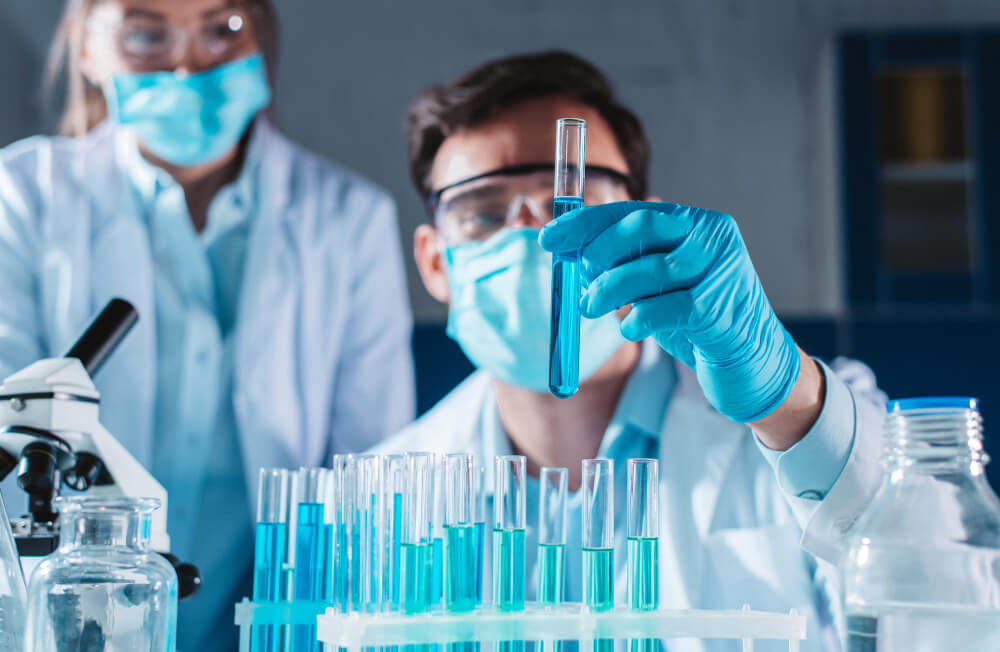
What About Foundational Health Pillars?
While the high-tech gadgets get a lot of attention, no biohacking program is complete without a deep focus on the fundamentals. No amount of IV drips or cryotherapy can compensate for a poor diet, chronic sleep deprivation, or unmanaged stress.
A significant part of the protocol will revolve around optimizing these pillars. This includes highly personalized nutrition plans based on your genetics and microbiome data, not just a one-size-fits-all diet. It involves sleep coaching, using data from wearables to identify issues and implement strategies for improving sleep quality and duration. It also includes stress management techniques, from meditation and breathwork to neurofeedback.
Special attention is often paid to gut health, as the microbiome is increasingly understood to be a central hub for overall wellness. The intricate connection between gut health and skin health, known as the gut-skin axis, is just one example of how optimizing your digestive system can have far-reaching benefits throughout your body.

How Is a Biohacking Clinic Different from a Regular Doctor’s Office?
The difference is as much about the mindset and the relationship as it is about the tools and tests. It’s a shift from a hierarchical model to a collaborative partnership.
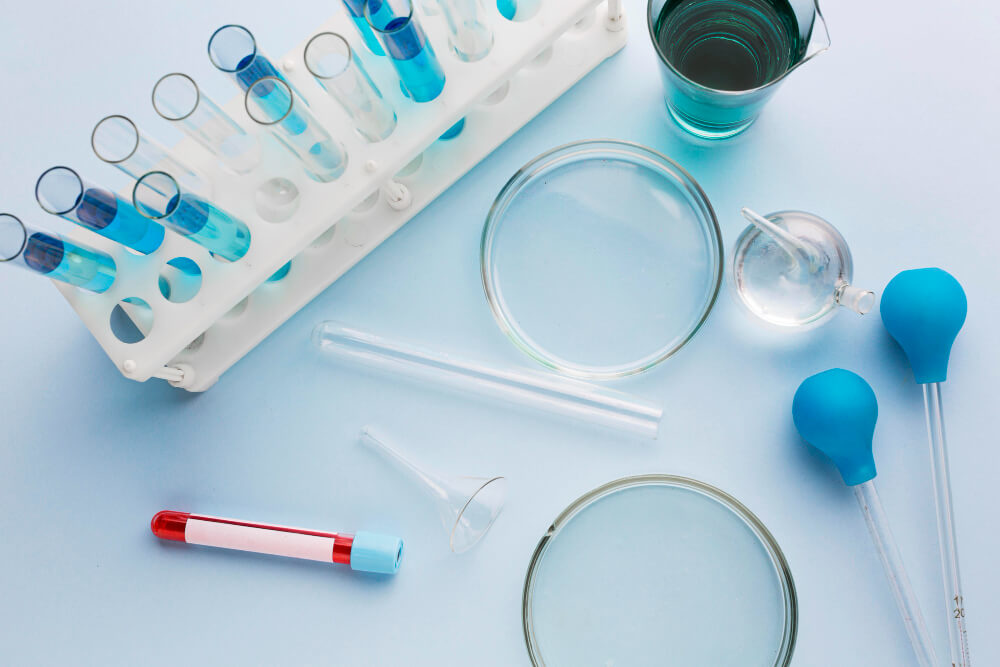
What Is the Difference in Approach?
As mentioned, the primary difference is the proactive, optimization-focused approach versus a reactive, disease-management one. This philosophy is closely aligned with the principles of functional medicine, which seeks to identify and address the root cause of dysfunction in the body rather than just suppressing symptoms. Many clinicians in the biohacking space have a background in or are certified by organizations like The Institute for Functional Medicine, which emphasizes a systems-biology-based approach to health.
Your relationship with a conventional doctor might be limited to a 15-minute appointment once a year. A biohacking clinic, however, functions more like a long-term coaching and data-analysis service. The goal is continuous improvement, not just an annual check-up.

What Kind of Relationship Can You Expect?
Expect a partnership. You are an active participant in your health journey, not a passive recipient of care. The clinic’s team, which may include doctors, health coaches, nutritionists, and other specialists, works with you to set goals, interpret your data, and adjust your protocol over time.
There is an emphasis on education. The team will explain the ‘why’ behind every recommendation, empowering you to understand your own biology. Regular follow-ups and re-testing are standard practice to track progress, measure the impact of interventions, and fine-tune the plan. It’s a dynamic, evolving process.

Who Are the Pioneers and Thought Leaders in This Space?
The biohacking movement has been shaped and popularized by a number of influential figures and innovative organizations. These pioneers have pushed the boundaries of what’s possible in human optimization and brought these concepts to a wider audience.

Who Combines Neuroscience and Meditation?
One of the most fascinating areas of biohacking is the optimization of the mind. Traditional meditation can take years to master, but what if technology could accelerate that process? That’s the premise behind intensive programs like 40 Years of Zen, which uses advanced neurofeedback technology. Participants are guided to enter deep meditative states while getting real-time feedback on their brainwave activity, effectively training their brain to achieve profound states of calm and focus more efficiently.
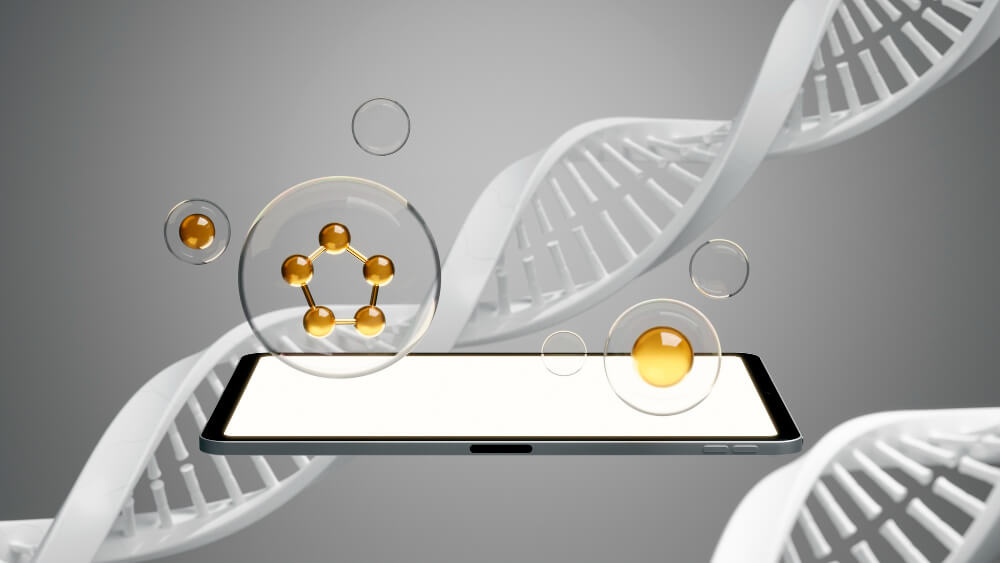
Who Is a Well-Known Figure in the Biohacking Community?
When people think of biohacking, one of the first names that often comes to mind is Ben Greenfield. As an author, podcaster, and former bodybuilder, he has explored and documented a vast array of biohacking techniques, from ancestral living principles to cutting-edge anti-aging technologies. His work has done much to popularize the idea of taking a comprehensive, data-driven approach to personal fitness, nutrition, and health optimization, making complex topics accessible to a broad audience.

What Does the Future of Biohacking Clinics Look Like?
The field of biohacking is still in its early stages, and the clinics at its forefront are constantly evolving. The future promises even more personalization, more powerful technologies, and potentially, greater accessibility.
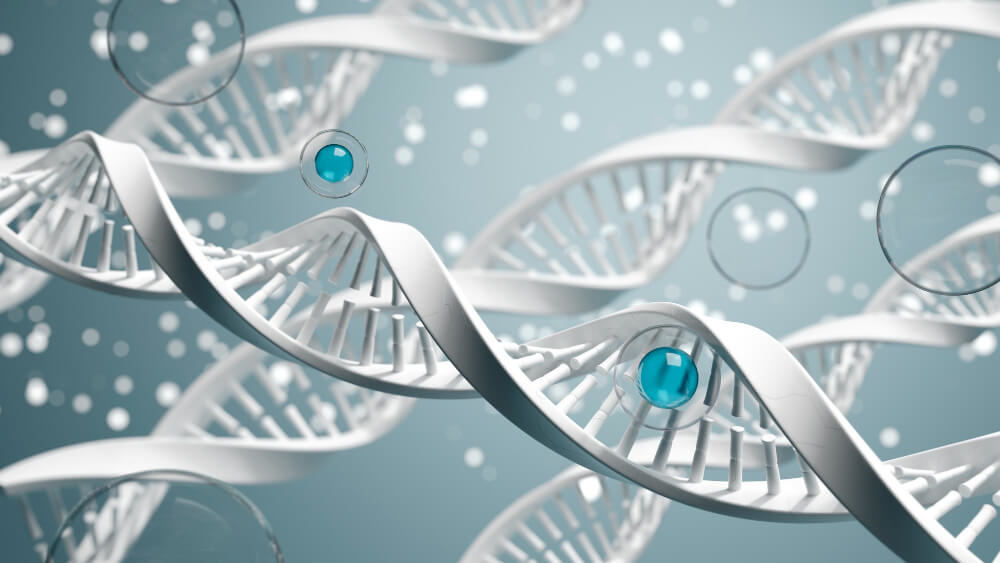
Will Technology Continue to Evolve?
Absolutely. The technology is advancing at an exponential rate. We can expect to see the integration of artificial intelligence to analyze complex data sets and provide even more nuanced recommendations. Wearable sensors will become more sophisticated, moving beyond tracking steps and sleep to providing real-time data on blood glucose, hydration levels, and even stress markers.
This will create a continuous feedback loop. Imagine your wearable sensor detecting a drop in a key nutrient, which then triggers a notification to your personalized app suggesting a specific meal or supplement. This level of real-time, automated biological management is the long-term vision for many in the field.
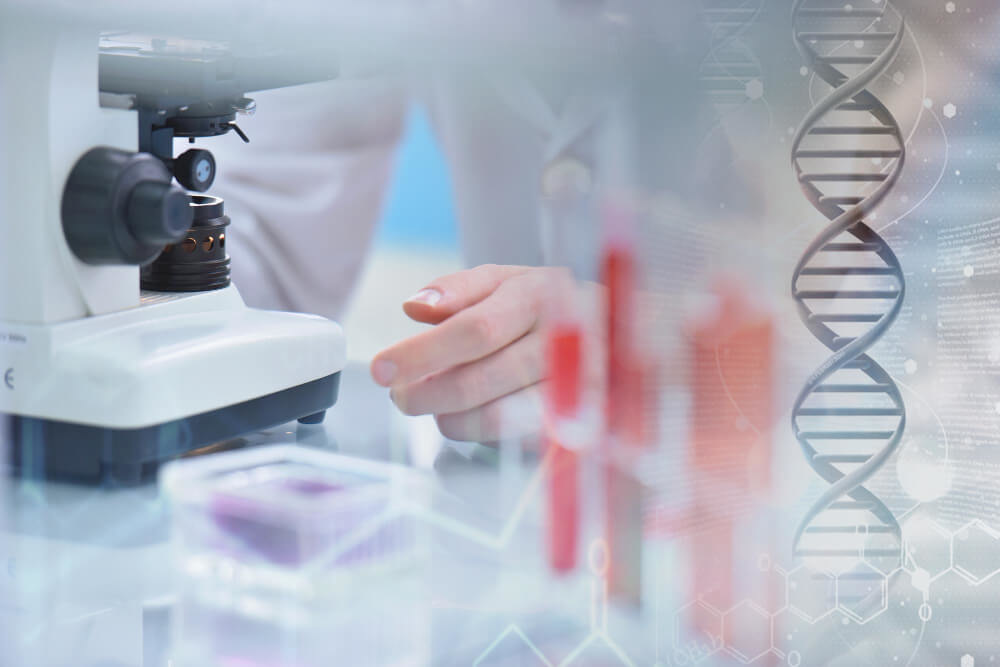
How Will Accessibility Change?
Currently, the comprehensive services of a high-end biohacking clinic can be a significant investment. However, as technology becomes cheaper and more widespread, many of these tools and strategies will become more accessible. Basic biomarker testing is already becoming more affordable, and consumer-grade wearables are increasingly powerful.
We may see a tiered approach emerge, with different levels of service available. Furthermore, as the principles of proactive, preventative health gain more traction, some of these concepts may begin to integrate into mainstream medicine. The ultimate goal for many proponents is a future where everyone has the tools and knowledge to take control of their own biology and live a longer, healthier, and more optimized life.
This journey of optimization is no longer a fringe concept. It is the future of personal health. It is a commitment to understanding your body at the deepest level and using that knowledge to build a better version of yourself, one data point at a time.
Frequently Asked Questions
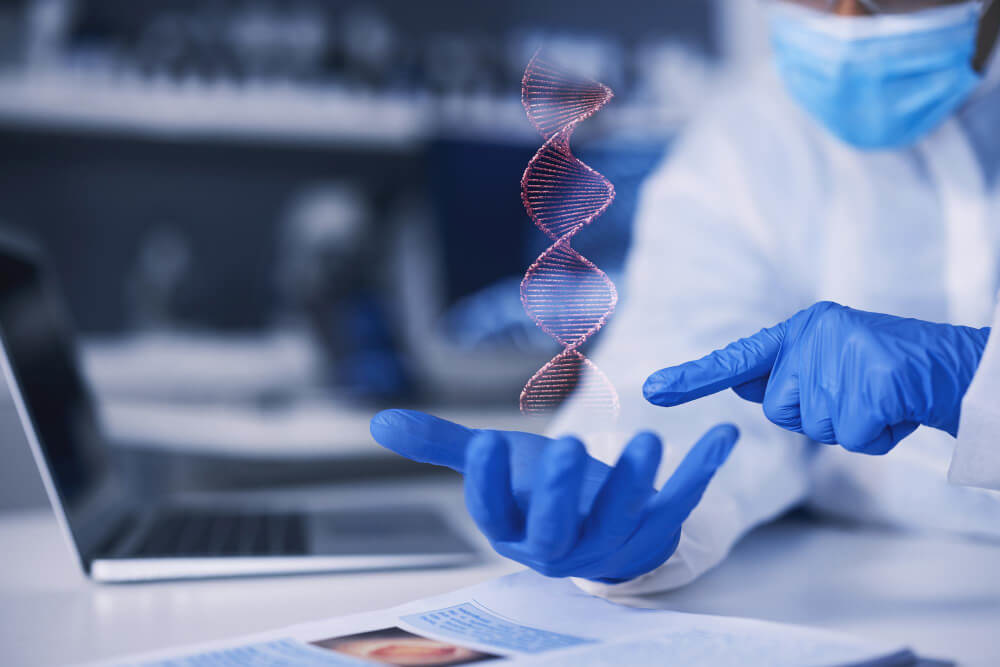
How can I measure subjective improvements like mental clarity or mood alongside quantitative data?
Measuring subjective feelings requires a structured and consistent approach to turn them into valuable data. Use a daily journaling system with a standardized rating scale, such as 1-10, for key metrics like energy levels, mental focus, stress, and overall mood. By recording these scores at the same time each day, you create a reliable baseline and can track trends that correlate with your biohacking interventions.
The true power comes from synthesizing this qualitative data with your quantitative measurements from wearables or lab tests. For instance, you can cross-reference your highest-rated "focus" days with data showing you achieved optimal deep sleep the night before. This combination provides a holistic picture, confirming that numerical improvements in biomarkers are translating into a tangible, positive impact on your daily experience and well-being.

How long does it typically take to see a measurable ROI from a biohacking protocol?
The timeframe for seeing a return on investment depends heavily on the specific intervention and your starting health baseline. For simple adjustments like improving sleep hygiene or optimizing hydration, you might notice enhanced energy and cognitive function within a week. More substantial changes, like a significant dietary shift or a supplement regimen targeting a specific deficiency, may require one to three months to produce measurable changes in biometrics and symptoms.
When considering financial ROI, such as increased work productivity or reduced long-term healthcare needs, the timeline is naturally longer. It often takes six months to a year of consistent effort and tracking to gather enough data to demonstrate a clear and financially positive impact. Patience and consistent measurement are crucial for accurately assessing both short-term health outcomes and long-term financial returns.

What are some common pitfalls to avoid when tracking biohacking outcomes?
One of the most common pitfalls is introducing too many new interventions at once, which makes it impossible to determine which variable is responsible for any changes. This "attribution error" can cause you to mistakenly credit an ineffective protocol or discard a beneficial one. To avoid this, introduce new biohacks one at a time, allowing for a washout or stabilization period of at least a few weeks before adding something new.
Another frequent mistake is neglecting to account for lifestyle context when analyzing your data. A stressful event, poor sleep, or an unusual meal can significantly impact your biometrics, and failing to log these events can lead to misinterpreting the effectiveness of a protocol. Always pair your quantitative data with brief, contextual notes about your day to ensure your analysis is accurate and insightful.
Discover the most comprehensive functional medicine training, longevity training, and biohacking certification programs designed specifically for healthcare professionals, medics, and clinic owners who want to master regenerative medicine protocols and anti-aging therapies.




